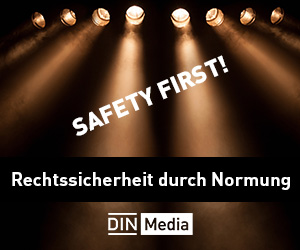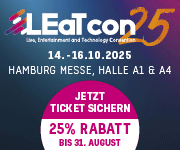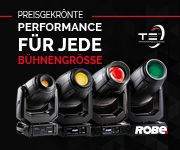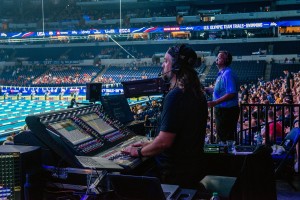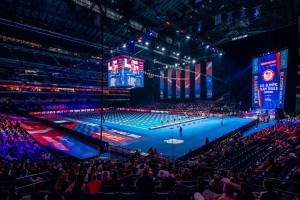Aktuelle News & Schlagzeilen
DiGiCo SD12-96 used for US Olympic Swimming Team Trials at Lucas Oil Stadium
The US Olympic Swimming Team Trials, which took place from June 15 to 23, 2024, were held for the first time ever in an NFL stadium - Lucas Oil Stadium in downtown Indianapolis, home of the Colts football team. The venue, which was able to seat 30,000 after the construction of two Olympic-sized pools over the football field, more than twice the number the earlier arena could accommodate, presented significant live-sound challenges for the event, which was also broadcast on NBC Sports.
A DiGiCo SD12-96 console - supported by DiGiCo SD-Racks and SD-MiNi Racks connected via an Optocore loop, as well as a DiGiCo Purple Box CAT5/MADI-to-optical convertor - assured that the entire audio system, including comms and feeds to broadcast, could be handled by the SD12-96 acting as a central sonic hub.
“It really was on a scale with an NFL Draft”, says Caleb Cassler, Senior Audio Specialist with Dodd Technologies (DTI), which provided the live sound for the Olympic Swimming Team Trials this year as well as many USA swimming events since 1996, including past Olympic trials. Dodd also provided a second SD12-96 and a DiGiCo SD10 plus an SD-Rack for “USA Swimming Live!”, an outdoor music stage that programmed DJs, bands, and presentations all week between trials sessions.
A combination of Lucas Oil Stadium’s installed JBL sound system and additional Meyer Sound components brought in by DTI for the swim events turned the sound of the enclosed venue into a huge distributed system, with highly specific zones for aspects of the event such as the warmup pool, first-call, athlete entrance, athlete lounge, and massage room areas, as well as underdeck elevator positions, VIP sections, starting blocks, and athlete seating areas. Each of these required their own sets of loudspeakers and separate groups/auxes from the SD12-96.
“Everyone - the audience, the swimmers, the announcers - had their own demands for the live sound”, says Cassler. “The warmup pool, a first-call room - all of those rooms have PA in them, but they also needed to have particular feel, in terms of content and volume. Then there’s the last-call room, which didn’t have speakers, but which was open to the main area so you could hear the crowd and announcements and music through the doorway as they got ready to enter. Every area was very particular, and the SD12-96 let me send each one a completely separate feed with exactly what was needed. The routing was very flexible, which it needed to be for this.”
Sometimes spaces needed to be quickly reconfigured, such as when a diving space needed to accommodate a group of dignitaries for a meeting or a press conference. “Being able to quickly throw up new boxes or new groups and adjust things quickly and on the fly was critical for this”, continues Cassler. “If a new ‘room’ appears out of nowhere and I need to add more speakers, I can do that without restructuring the entire console. The console is never the limiting factor.”
Furthermore, the SD12-96 served as the hub for the live event’s comms infrastructure, managing Dodd Technologies’ Riedel Artist frames and Bolero wireless units via a DMI-Dante64@96 card and an Optocore M12 MADI hub/switch to interface with the comm system via MADI. “The MADI ports on the console were used for one local I/O to my computer for playback, LTC, records, and the like, and one via a Purple Box to ST using the house fiber up to an SD-MiNi Rack”, says Cassler.
The SD-12-96 was also used to make sure announcers heard themselves without a delay from the PA system: “There was about a 250-millisecond delay from the PA, making it hard to talk and understand each other”, explains Cassler. “So I dialed up a separate aux for them and programmed a button on their comms and they could hear whatever they wanted to hear and not hear what they didn’t want to hear. It all goes back to the SD. I’m using it as a giant matrix, which is fantastic.”
That also helped with the four discrete video playback sources that were part of the inputs Cassler had to manage, half of which included timecode, as well as sound effects, three wireless roving announcer/hosts, an anthem singer, violinist, quartet, and choir.
(Photos: Robert Gough)
SCHLAGZEILEN
news archiv
suche
© 1999 - 2025 Entertainment Technology Press Limited News Stories

